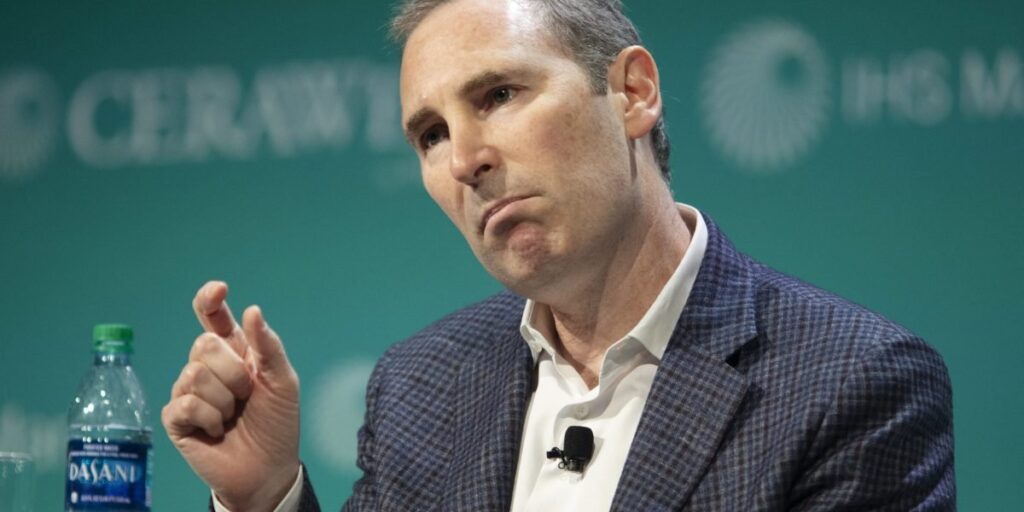
Amazon says its AI shopping assistant Rufus is so effective it’s on pace to pull in an extra $10 billion in sales
Amazon has revealed a remarkable estimate regarding the financial impact of its AI-driven shopping assistant, Rufus, projecting that the chatbot will contribute an additional $10 billion in annual sales. This insight was shared by CEO Andy Jassy during the company’s third-quarter earnings call, where he highlighted key metrics showcasing Rufus’s growing importance in shaping customer purchasing behavior. The AI assistant has engaged 250 million users this year, with monthly active users soaring by 140% and interactions surging 210% year over year. Notably, shoppers utilizing Rufus during their buying journey are 60% more likely to finalize their purchases compared to those who do not leverage the assistant.
On the earnings front, Amazon posted a 13% revenue increase, reaching $180.2 billion, surpassing analyst expectations, while its cloud computing segment demonstrated 20% growth, hitting $33 billion—the fastest pace seen since 2022. Rufus, launched as a beta earlier this year, is integrated into Amazon’s app and website, supported by extensive training on the company’s entire product catalog alongside customer reviews and web data. This allows the AI to assist with both broad product comparisons and specific inquiries, such as suitability of seasonal clothing. Amazon’s intent with Rufus is to maintain shoppers within its ecosystem, reducing reliance on external search engines or AI platforms, ensuring that consumers turn to Amazon for comprehensive product research and recommendations.
The chatbot’s rollout began in the U.S. before expanding to markets including the U.K., India, and Canada, with continuous enhancements throughout the year. A recent addition, “Help Me Decide,” offers algorithmic advice to customers overwhelmed by choices. The $10 billion figure ties into Amazon’s “downstream impact” metric, designed to track incremental spending triggered by chatbot interactions, even if purchases occur days later through a seven-day attribution model. Projections also indicate Rufus could contribute hundreds of millions in profit, growing further by 2027, factoring in advertising revenues embedded within its responses.
Jassy highlighted several other AI-driven advancements, such as converting product reviews into audio clips and expanding the tool’s coverage. Another innovation, Amazon Lens, uses smartphone cameras to enable product searches, with tens of millions of users monthly. Amazon’s advertising unit saw growth as well, with revenues up 22% to $17.6 billion, partly credited to improvements in its demand-side platform, which now incorporates advertising inventory from various streaming services.
As Amazon presses ahead with AI, it has increased its capital expenditure outlook for 2025, planning substantial investments in data centers and computing power to support its growing AI infrastructure. The opening of the $11 billion Project Rainier data center for training AI models underscores this commitment, including ongoing partnership and investment in the startup Anthropic. Just prior to these announcements, Amazon declared a reduction of about 14,000 corporate roles, a move described as aimed at streamlining operations rather than purely financial or automation-driven. Despite workforce cuts, Amazon’s shares jumped significantly post-earnings, reflecting confidence in the company’s AI and cloud computing trajectory.
